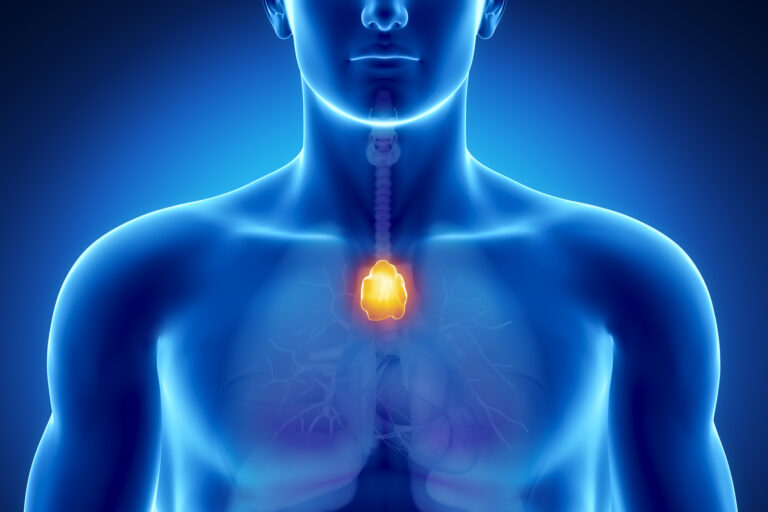
Signos y síntomas de la miastenia gravis
El inicio de miastenia gravis (MG) Puede ser repentino y muchas veces difícil de diagnosticar ya que los síntomas no se reconocen inmediatamente como miastenia gravis.
Obtenga asistencia para el copago de IgIV
Habla con un especialistaLa miastenia gravis puede afectar los músculos voluntarios del cuerpo. Estos músculos son responsables de controlar el movimiento de los ojos y los párpados, la expresión facial y la deglución. En la mayoría de los casos, los síntomas iniciales más evidentes incluyen debilidad de los músculos oculares, dificultad para tragar y dificultad para hablar. Sin embargo, el grado de debilidad muscular que afecta a la miastenia gravis varía considerablemente entre los pacientes.
Dependiendo del tipo y la gravedad, los síntomas pueden incluir caída de uno o ambos párpados (ptosis); visión borrosa o doble (diplopía) debido a debilidad de los músculos que controlan los movimientos oculares; marcha inestable o como de pato; debilidad en brazos, manos, dedos, piernas y cuello; un cambio en la expresión facial; dificultad para tragar y falta de aire; y problemas del habla (disartria).
¿Puede ayudar la IgIV?
Información gratuita sobre el tratamiento con IgIVComplicaciones de la miastenia gravis
Crisis miasténica
La crisis miasténica es una complicación potencialmente mortal de la MG. Aproximadamente una de cada cinco personas con MG puede desarrollar una crisis miasténica al menos una vez en la vida. Se produce cuando los músculos respiratorios se debilitan demasiado para permitir la respiración. Si no se trata, una crisis miasténica puede provocar insuficiencia respiratoria y la muerte.
REFERENCIAS:
- https://www.mda.org/disease/myasthenia-gravis
- Basta, Ivana et al. “Supervivencia y mortalidad de la miastenia gravis de inicio en la edad adulta en la población de Belgrado, Serbia”. Muscle & nerve vol. 58,5 (2018): 708-712. doi:10.1002/mus.26132.
- Christensen PB, Jensen TS, Tsiropoulos I, y otros Mortalidad y supervivencia en la miastenia gravis: un estudio poblacional danés, Journal of Neurology, Neurosurgery & Psychiatry 1998;64:78-83.
- Alshekhlee, A et al. “Tasas de incidencia y mortalidad de la miastenia gravis y la crisis miasténica en hospitales estadounidenses”. Neurología, vol. 72, 18 (2009): 1548-54. doi:10.1212/WNL.0b013e3181a41211.
- Wendell, Linda C. y Joshua M. Levine. “Crisis miasténica”. The Neurohospitalist, vol. 1, 1 (2011): 16-22. doi:10.1177/1941875210382918.
- Twork, S., Wiesmeth, S., Klewer, J. et al. Calidad de vida y circunstancias vitales en pacientes alemanes con miastenia gravis. Health Qual Life Outcomes 8, 129 (2010). https://doi.org/10.1186/1477-7525-8-129.
- Szczudlik, Piotr et al. “Determinantes de la calidad de vida en pacientes con miastenia grave”. Frontiers in Neurology, vol. 11, 553626. 23 de septiembre de 2020, doi:10.3389/fneur.2020.553626.













